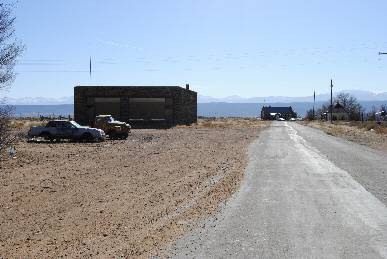
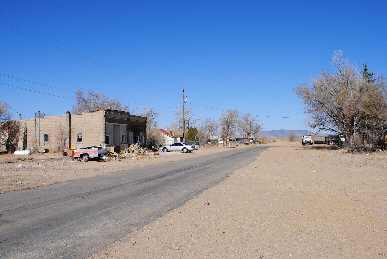
There is an interesting place in Costilla County in the San Luis Valley called Mesita. There are a number of very old (some boarded up) buildings constructed with black lava rock from a volcano that is just West of town. A little history on the ghostly Town of Mesita, Colorado follows, based on research of how the area was originally developed. In 1850 the State of Colorado’s boundaries, as they are currently, were established. Then the first permanent settlement in Colorado is founded, The Town of San Luis, in 1851 about 15 miles Northeast of what is now the old Mesita, Colorado townsite. The Costilla Estate Development Company built a reservoir in 1909 and platted the towns of San Acacio, Mesita, and Jarosa. In Jarosa, about 10 miles South of Mesita, the Seventh-day Adventists set up a colony and cooperative farm (there is some indication that the Town of Mesita, Colorado may have been once named Hamburg). 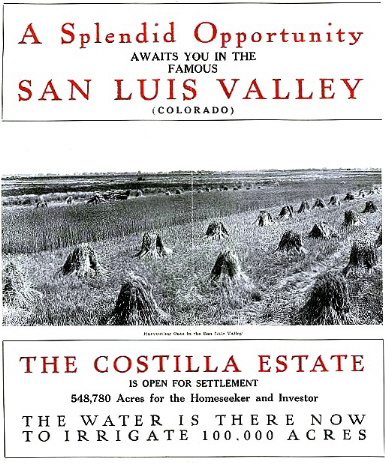 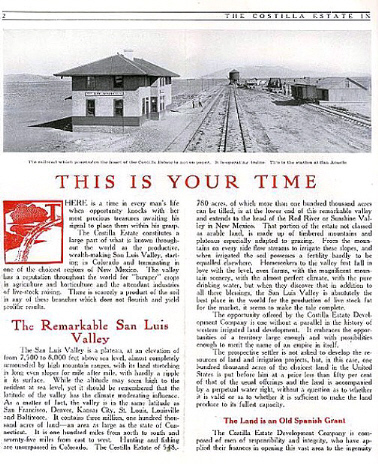 In 1910, the San Luis Southern Railway was completed by a subsidiary of the Costilla Estates Development Company, whose purpose was to develop farm land in Colorado’s San Luis Valley. The railroad, as it was originally built, was about 30 miles long (running North – South) and besides freight it operated passenger service between Blanca and Jaroso, Colorado until 1946. The Railroad formally ceased all operations December 31, 1996. This line was known as Colorado's loneliest railroad. The line served a connection with the Denver and Rio Grande Western Railroad at Blanca. 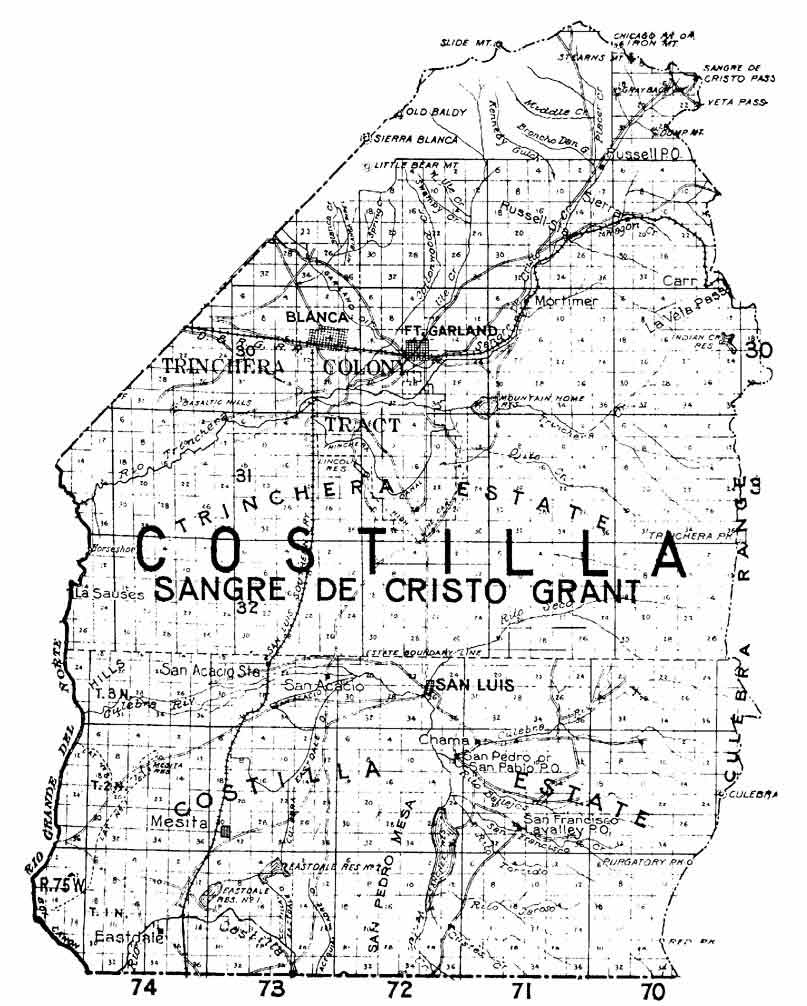 The reservoirs built by the Costilla Estate Development Company never filled up, due to inadequate rainfall. As a result of the lack of water, the Costilla Estates never prospered, nor did the San Luis Southern Railroad. On January 6, 1928, the railroad was purchased out of bankruptcy by Charles Boettcher. The railroad continued to struggle under the new ownership. On January 24, 1949, the Boettcher/McLean estates filed a petition before the Interstate Commerce Commission to abandon the railroad. The abandonment was strongly contested by the people in the San Luis Valley. As the interested parties were fighting over the abandonment, San Luis Valley businessmen S. Yorimoto and W.W. McClintock made arrangements to purchase the railroad, which was completed a few weeks before the abandonment hearing was scheduled. On September 19, 1952, W.W. McClintock filed for abandonment of the railroad, but only granted a partial abandonment on September 24, 1953. W.W. McClintock and another San Luis Valley businessman, George Oringdulf reorganized the line and purchased all the stock in the company. On December 11, 1953, a new company was organized and on October 22, 1954, it was granted a Colorado State Corporate Charter under the name Southern San Luis Valley Railroad. W. W. McClintock and George Oringdulph decided their two steam locomotive; the #105 and #106, both Consolidation types, purchased from the Denver and Rio Grande Western Railroad were too costly. They took the D&RGW steam locomotive tender frame (D&RGW #964) which they had purchased in 1950 and successfully built a new locomotive in 1955. It was an unusual looking locomotive they called the D-500, powered by an International Harvester, 1091 cubic inch, and UD24 diesel engine. The odd locomotive, which looked like a caboose, was built by SSLV mechanics in Mesita, Colorado. It might have been assembled in the black stone building now be used as a county service garage. It was sometimes referred to as the world’s ugliest train, but was born out of necessity and innovation. All steam trains on the SSLV ceased operating in 1957. 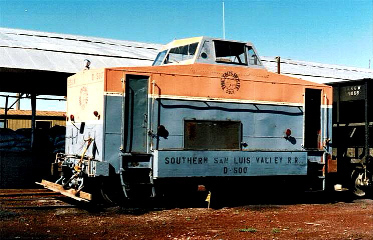 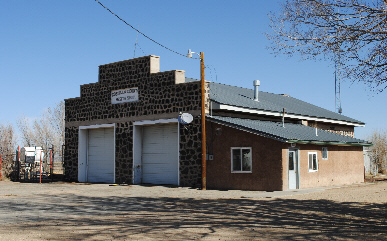 The unincorporated Town of Mesita, nearly a ghost town, maintained a gas station with general store around the late 1990’s to early 2000’s. Few residents remain now and only the Church, Costilla County Maintenance Facility and the new Bio Diesel project appear to be active. The church in Mesita with black stone construction has a corner stone that reads "Presbyterian MCMXI" which translates from roman numerals to the year 1911. The church currently has a sign that reads "The First Baptist Church of Costilla County" and still holds services. 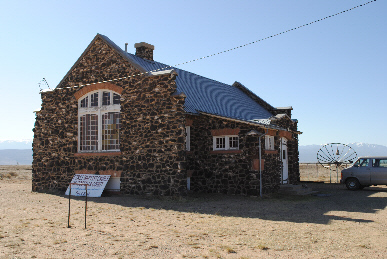 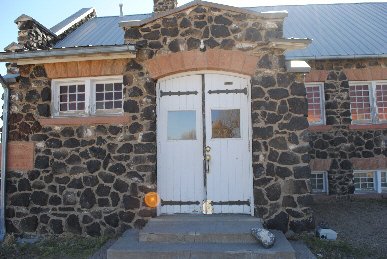 Bio Diesel Project in Mesita, CO – According to the Costilla County Web Site: “The Costilla County Commissioners’ Office in a private/public partnership with the Costilla County Economic Development Council (EDC), has built a small-scale, vertically integrated, bodies production facility in Mesita, Colorado. The project was first conceptualized in 2001 by Costilla County District #3 Commissioner Joseph Gallegos. Ground breaking and construction began in 2004. The facility purchases locally grown oilseed crops (canola and sunflower) and processes the crops for clean burning, renewable biodiesel fuel. The by-product of oilseed crushing is a seed cake comprised of the remaining material once the oil has been extracted, which is used as a high protein livestock feed.” 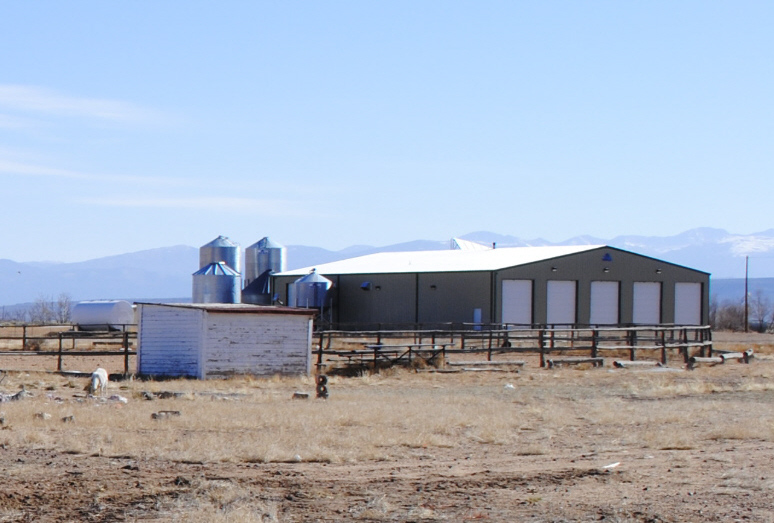 To the West of the Town of Mesita, is small volcano, Mesita Hill which has operated over the years as a source for volcanic rock for construction and landscaping. A little further to the West you will find the Rio Grande River and the bridge leading to Antonito, Colorado, the home of Cano’s Castle. The road from Mesita to Antonito (mostly improved dirt) is a good back road to connect to the highway that runs Northerly to Alamosa. |
More on the Ghost Railroad - San Luis Valley Southern Railway